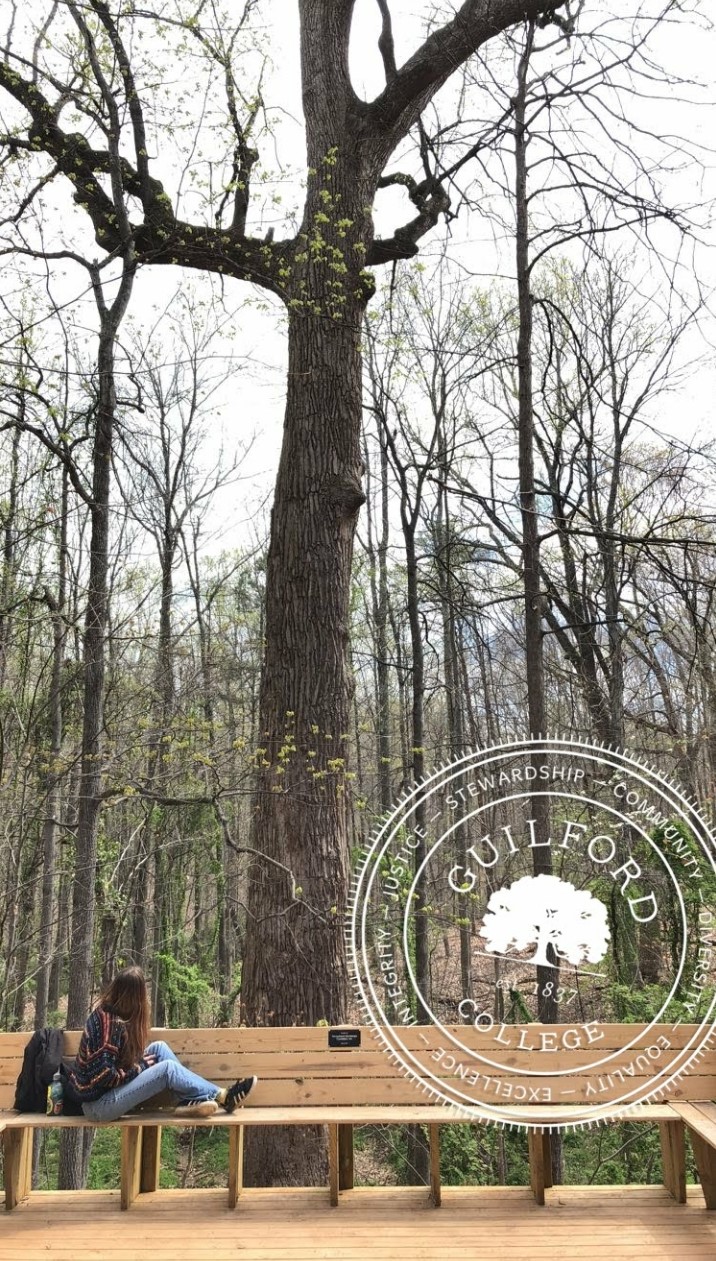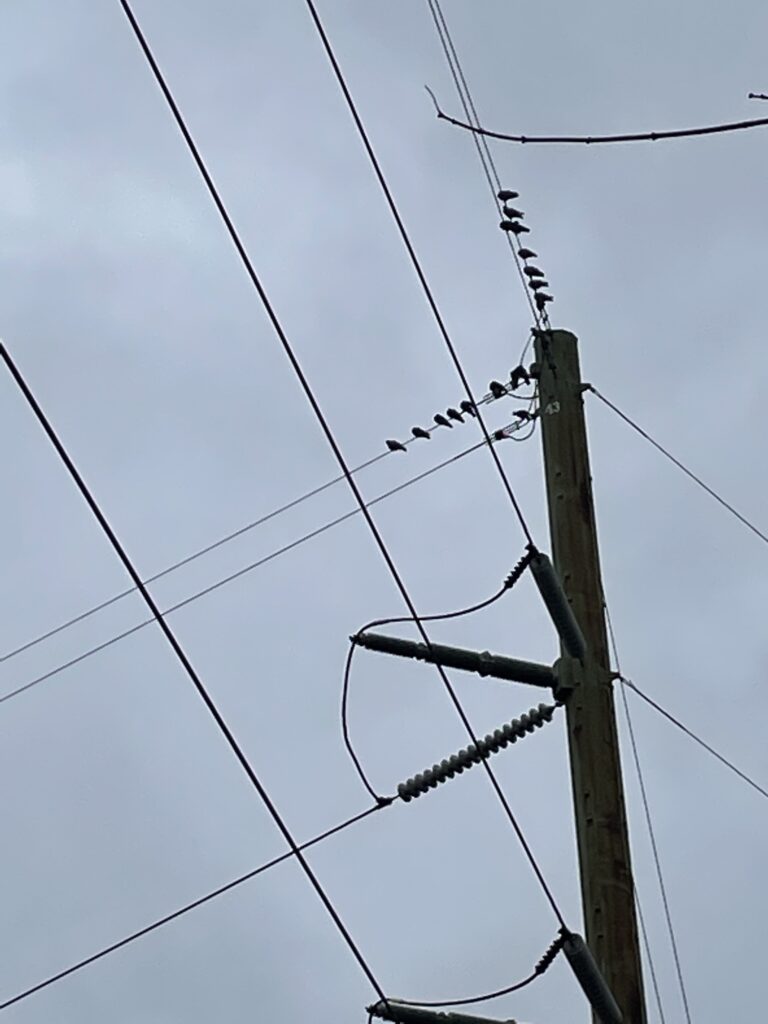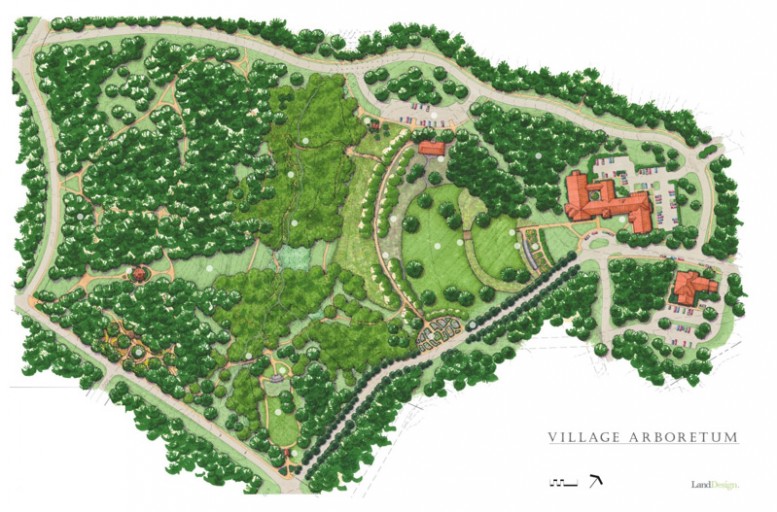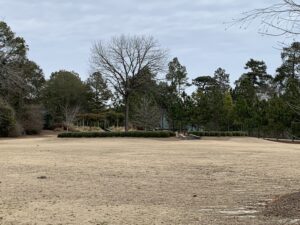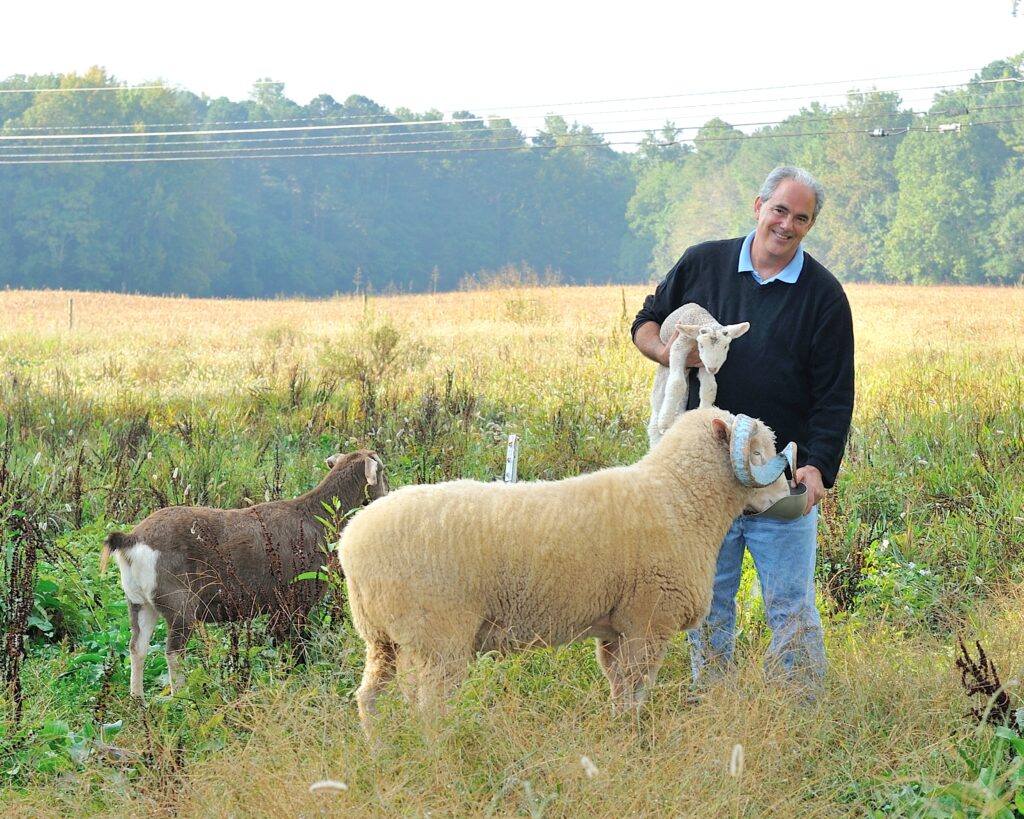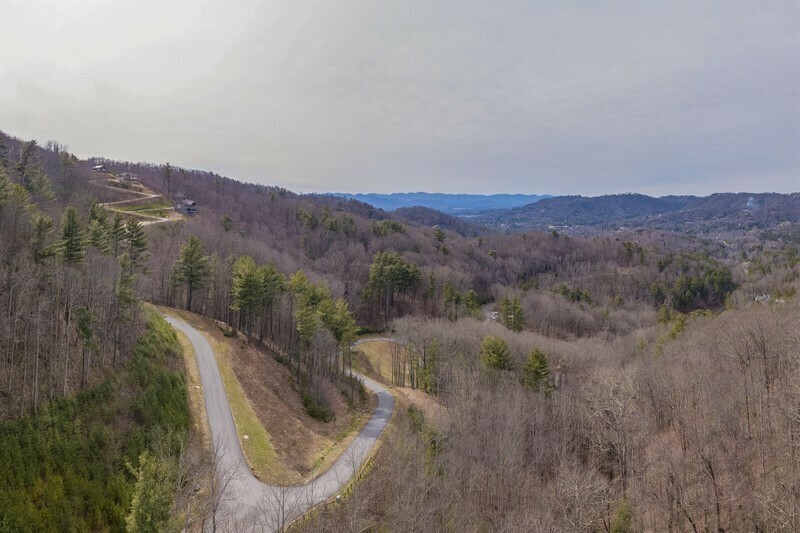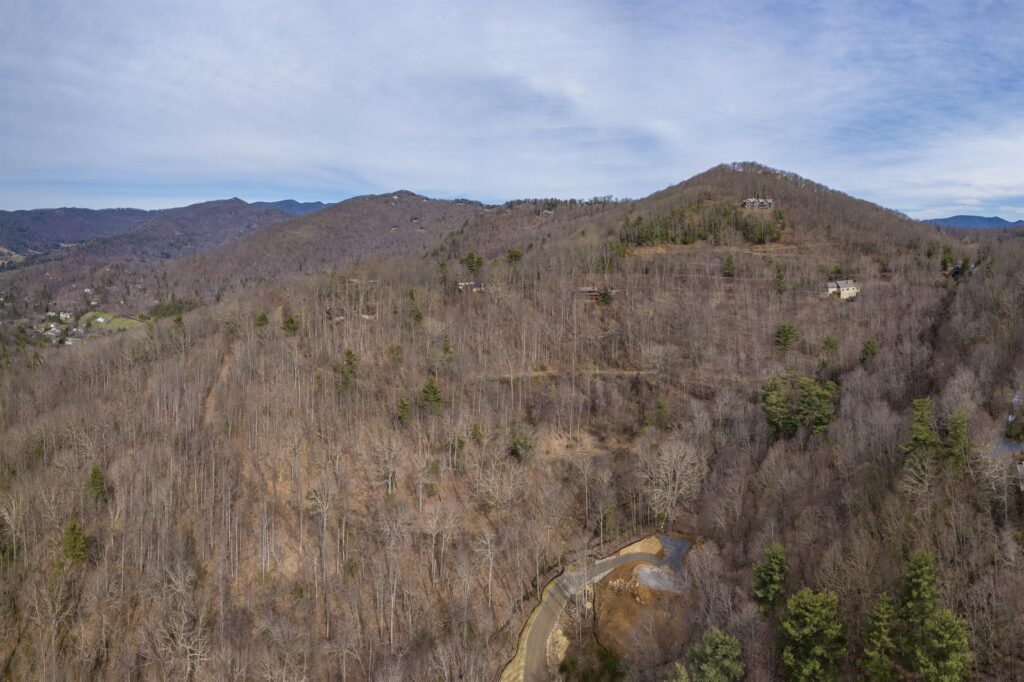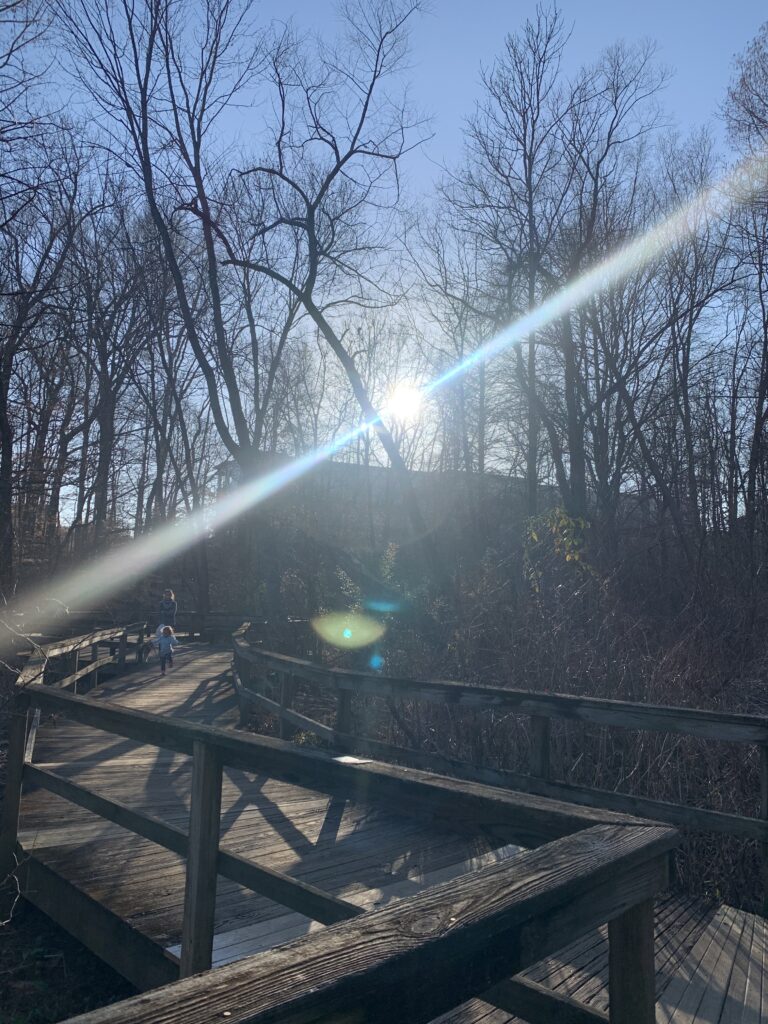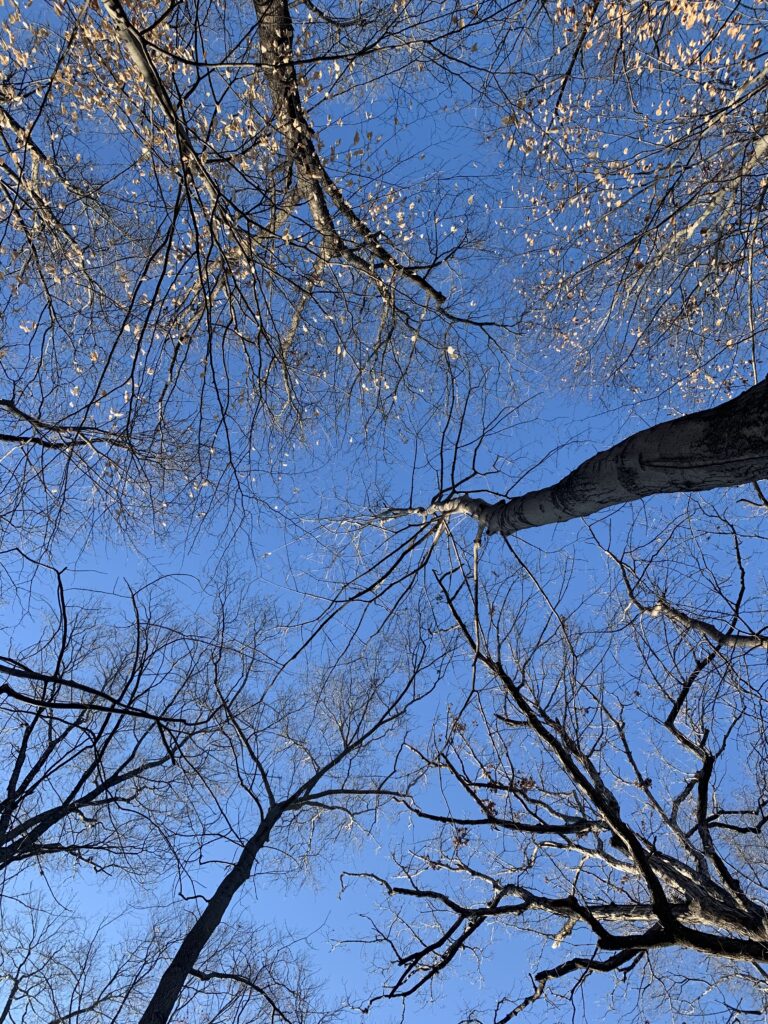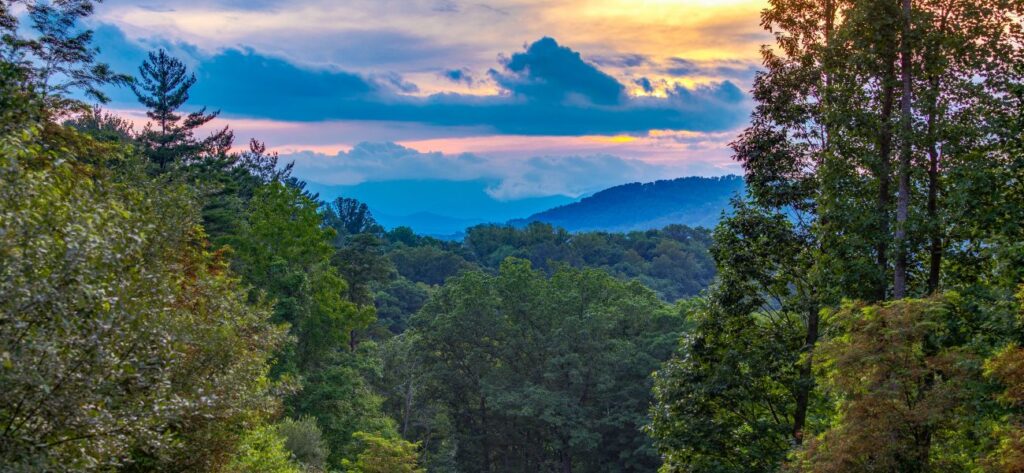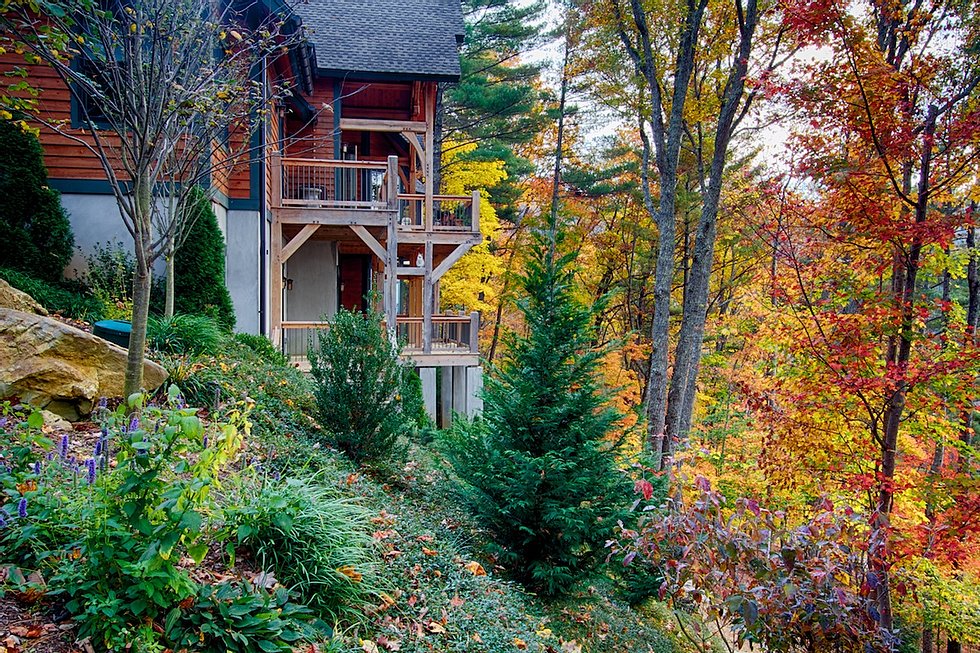On February 17, it was cold but sunny to go out and explore more into nature but instead, I’m going to talk more about Bog Garden history. Also as a reminder from the previous question on my very first post the introduction, I will answer the best way I can. To begin within the year 1987, the Bog Garden at Benjamin Park was discovered by Dr. Joe Christian who was well known as a “plant rescues” and developer of the garden for many years in Greensboro. I also realized picking this area in history said: “The property, a bird sanctuary, had been part of Starmount Farms since the early 1930s. It was near the home of Blanche Sternberger Benjamin, widow of Edward Benjamin, founder of Starmount Company and developer of the Starmount Forest neighborhood and the nearby Friendly Shopping Center,” which makes sense and explains why this area-specific. Christian did management with the help of his friend, the city staff, and a lot of volunteers to build Bog Garden.
Each of them did different approaches to management to build the garden like the city staff said: “most likely to notice a situation that requires attention (e.g. weed invasion, storm damage, needed trail or bridge maintenance, or wildlife damage). The meaning will do a lot of fixing and upgrades with the help of the Bog Garden Management Committee for this situation. For the Bog Garden volunteers, do and learn botany, horticulture, and lore of the plants, but the reason they needed to help this garden it said: ” for guides and interpreters for special events and can use their skills to educate the public.” That makes sense in my understanding and also an interesting fact I realized the question is how are they going to get money to build this garden? Well, first Christian needed to approved by the Management Committee in order to do Bog garden activities then need funding money in order to construct and maintenance to happen in the garden. I realized in the history it said here “Private funds were donated to construct bridges, stone steps to traverse the hillside, and an elevated winding walkway was constructed to provide access throughout the entire wetland and to border the lake.”
Meaning they get the funding was from GBI and this was surprising for me even I didn’t know this fund was private to construct all that happening. In my mind. I think the reason he wanted to build a Bog garden because he loves spending time going outdoors even exploring the wilderness in many beautiful ways of nature areas not to mention he wanted the local public people to see nature ways and wilderness or maybe there’s more to it than meant the eye. For my next post blog, I will discuss and talk more depth about the infrastructure of the Bog Garden, the meaning horticulture word, the ecology of the collections, and the important group of species at the Bog garden. Also maybe I might talk about the different types of weeds plants that I saw and animals I saw with my experiences.

